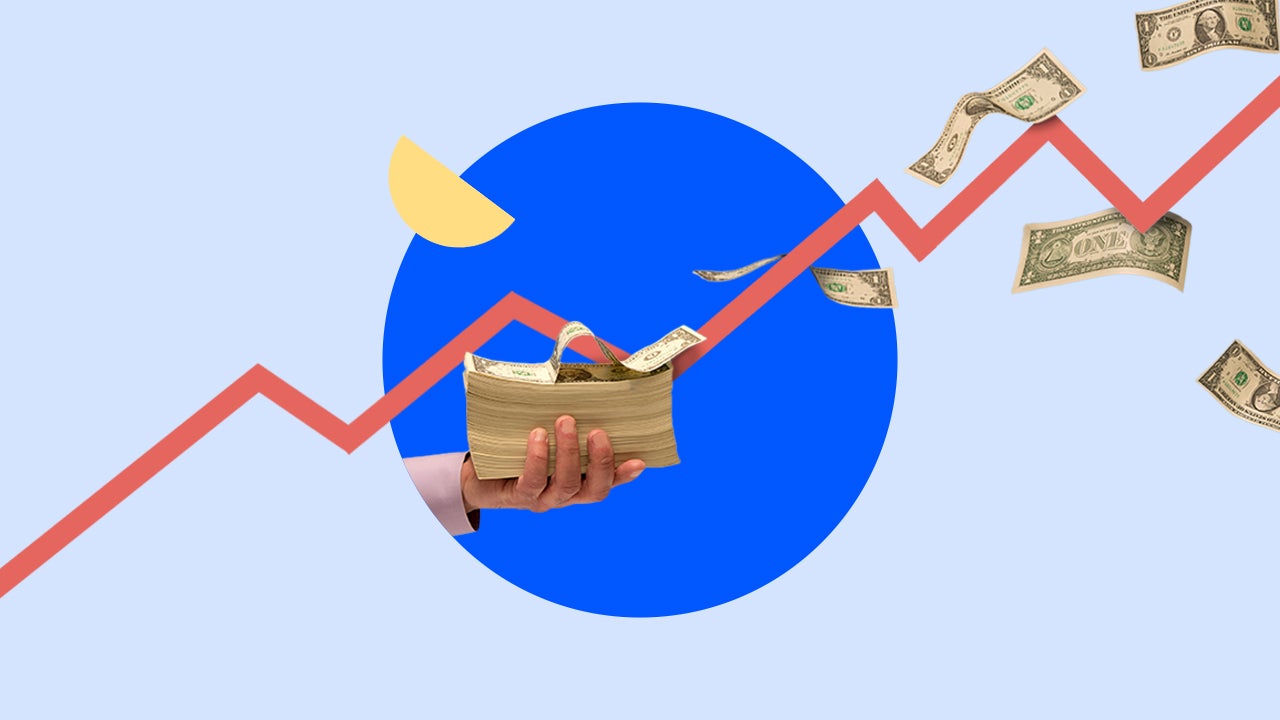Mortgage rate forecast: October 2025

The Federal Reserve finally lowered rates in September, marking its first cut of 2025. While mortgage rates fell in anticipation of the Fed’s move, they rose a bit after the policy change became official.
“Mortgage rates have edged higher since the Federal Reserve’s 25-basis-point rate cut, with 10-year Treasury yields backing up about 15 basis points amid the Fed’s cautious stance on further easing, stronger labor-market data and resilient consumer spending,” says Jeff DerGurahian, head economist at loanDepot.
Mortgage rates eased significantly leading up to the Federal Reserve’s September rate cut, before popping higher in the weeks since the meeting.
— Stephen Kates Financial Analyst, Bankrate
Still, rates are at some of their lowest levels of 2025. As of Sept. 24, the average 30-year mortgage rate was 6.39 percent, according to Bankrate’s weekly lender survey.
“Mortgage rates eased significantly leading up to the Federal Reserve’s September rate cut, before popping higher in the weeks since the meeting,” says Stephen Kates, financial analyst for Bankrate. “Barring any major shifts in economic conditions, I expect rates to move mostly sideways through the end of the year, though some minor volatility along the way wouldn’t be surprising.”
The Fed doesn’t directly set mortgage prices, but it does influence them. The central bank cut its benchmark rate three times last year and once — so far — this year. The Fed next meets Oct. 28-29.
“All eyes are on Friday’s September employment report, expected to show unemployment holding steady at 4.3 percent,” DerGurahian says. “With just 50,000 jobs expected to be added, a number near or below that figure could help pull Treasury yields lower and improve mortgage rates, potentially bringing the 10-year yield back toward the low-4-percent range and 30-year fixed mortgage rates closer to 6.25 percent. This assumes that we avert a government shutdown, and the Bureau of Labor Statistics is open and able to release the data.”
Learn more: How the Fed affects mortgage rates
Will mortgage interest rates go down again?
The possibility of sub-6 percent mortgage rates has grown somewhat stronger. Fannie Mae predicts rates will edge down to 6.4 percent by the end of the year, while the Mortgage Bankers Association expects 30-year rates will barely decrease, to 6.5 percent by the end of 2025.
Learn more: Housing market trends to watch in 2025
Current mortgage rate trends
Higher mortgage rates have kept homeowners clinging to lower-cost loans, a trend known as the “lock-in effect.” Meanwhile, the median national home price clocked in at $422,600 in August, a record high for the month, according to the National Association of Realtors.
Bankrate’s weekly mortgage rate averages differ slightly from the statistics reported by Freddie Mac, the government-sponsored enterprise that buys mortgages and packages them as securities. Bankrate’s rates tend to be higher because they include origination points and other costs, while Freddie Mac removes those figures and reports them separately. However, both Bankrate and Freddie Mac report similar overall trends in mortgage rates.
What to do if you’re getting a mortgage this year
- Improve your credit score. A lower credit score won’t prevent you from getting a loan, but it can make all the difference between getting the lowest possible rate and more costly borrowing terms. The best mortgage rates go to borrowers with the highest credit scores, usually at least 780.
- Save up for a bigger down payment. Putting more money down upfront can help you obtain a lower mortgage rate, and if you have at least 20 percent, you’ll avoid mortgage insurance, which adds costs to your loan. If you’re a first-time homebuyer and can’t cover a 20 percent down payment, there are loans, grants and programs that can help. The eligibility requirements vary by program but are often based on factors like your income.
- Understand your debt-to-income ratio. Your debt-to-income (DTI) ratio compares how much money you owe to how much money you make, specifically your total monthly debt payments against your gross monthly income. Not sure how to figure out your DTI ratio? Bankrate has a calculator for that.
FAQs
Why we ask for feedback Your feedback helps us improve our content and services. It takes less than a minute to complete.
Your responses are anonymous and will only be used for improving our website.






